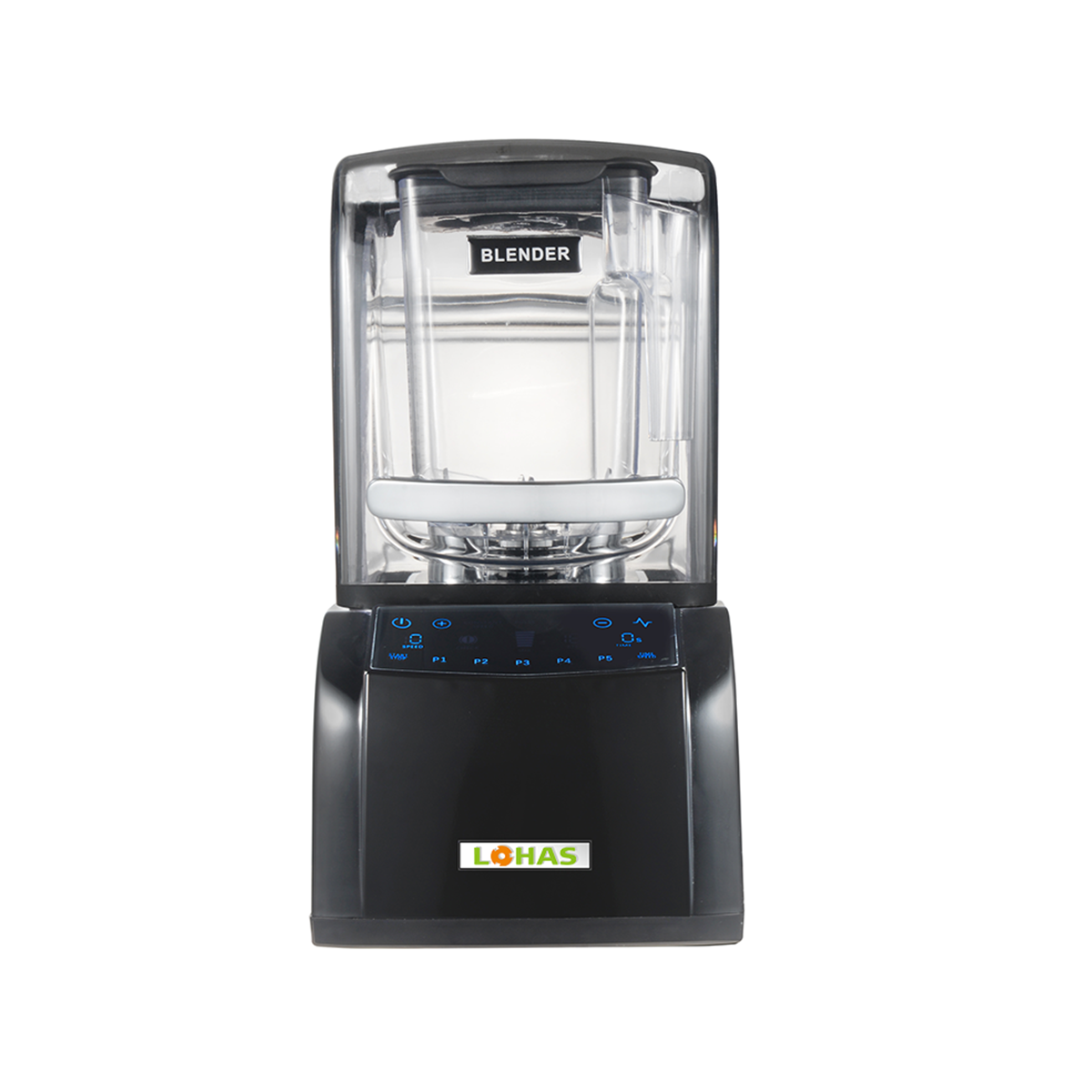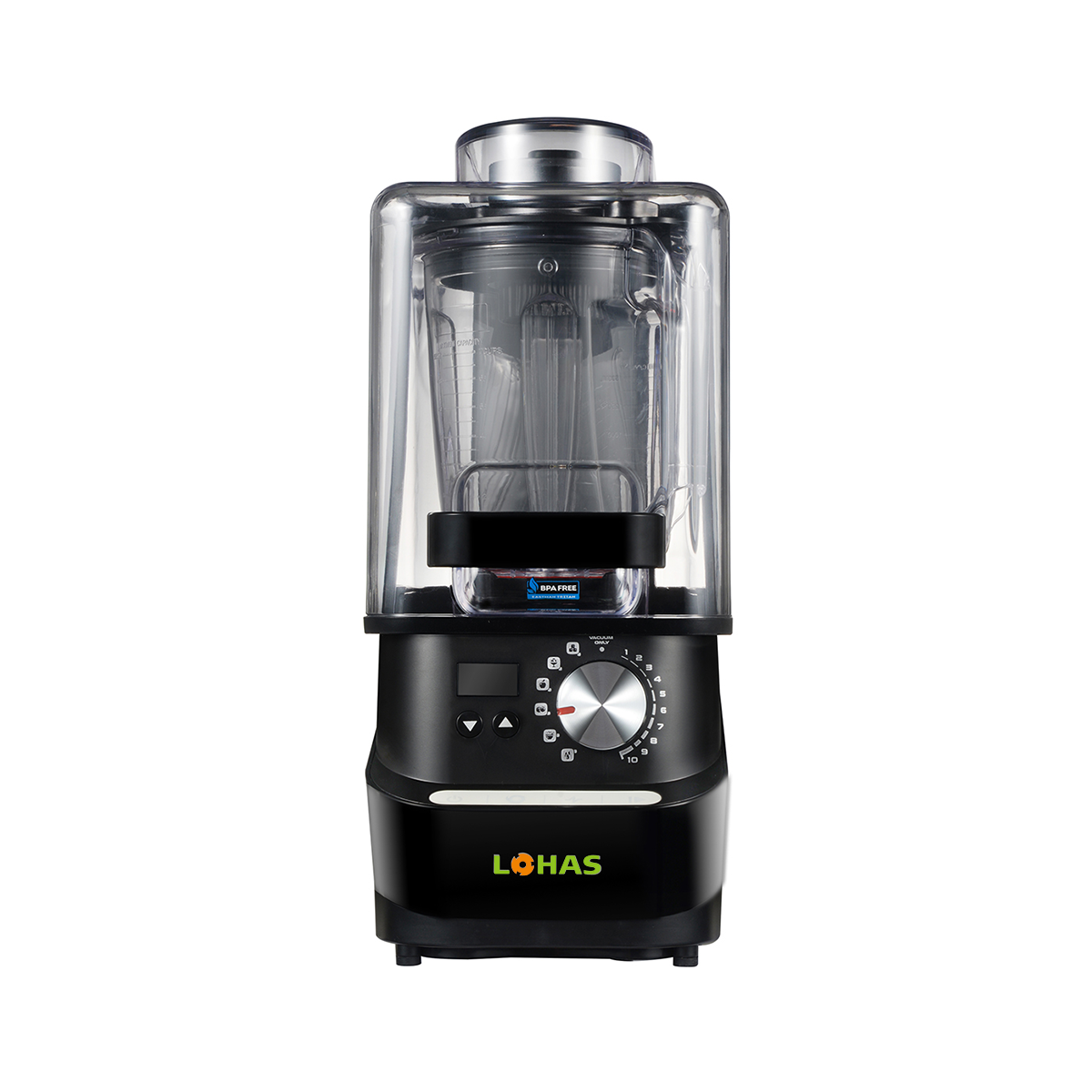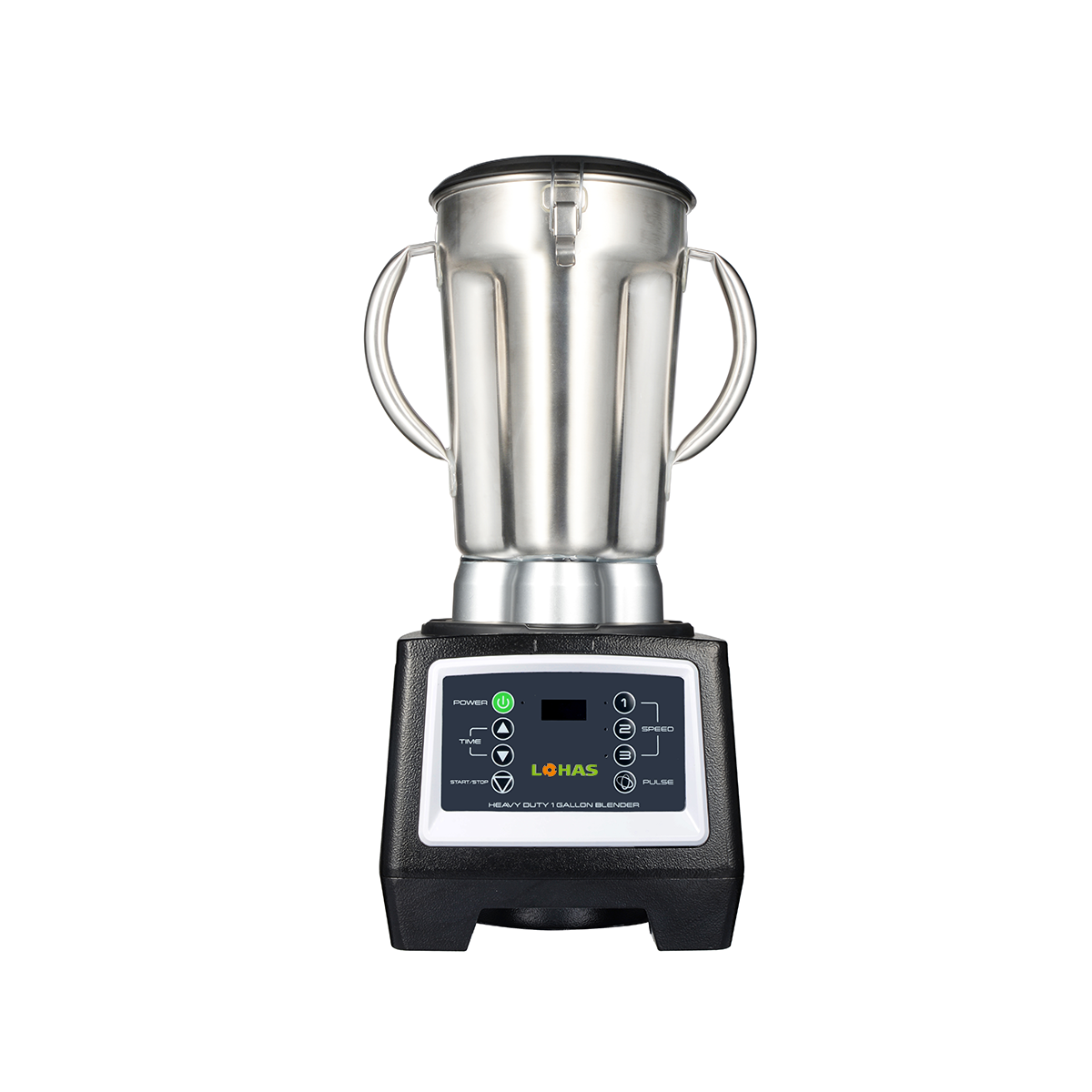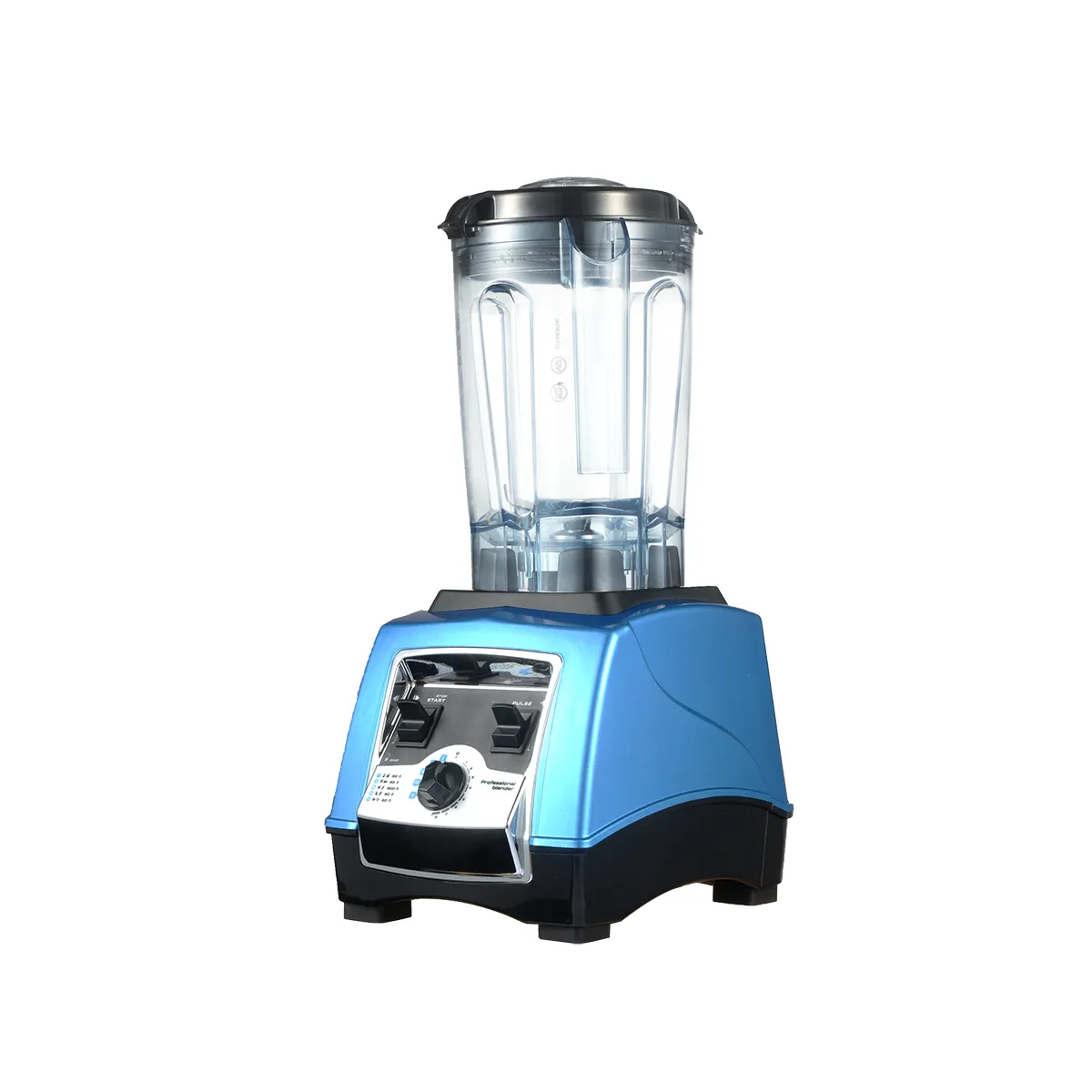Blending Performance That Transforms Kitchens
In the fast-paced environment of modern food service, efficiency and consistency are essential. Whether it's a bustling cafe, a busy smoothie shop, or a gourmet restaurant, investing in the right equipment can significantly impact productivity and customer satisfaction. Among the essential tools, a commercial blender stands out for its versatility and power. This heavy-duty machine streamlines food preparation and helps businesses deliver high-quality results every time. From pureeing soups to crafting frozen drinks, a commercial blender is an indispensable asset that no professional kitchen should overlook.
The Role of a Commercial Blender in Food Service
Increasing Output and Reducing Prep Time
Speed is one of the most critical factors in commercial kitchens. A commercial blender is built for high performance, often capable of handling large batches with powerful motors and durable blades. Unlike domestic models, these machines can operate for extended periods without overheating, making them ideal for continuous use. With a commercial blender, chefs and staff can prepare sauces, dressings, smoothies, and more in seconds, reducing the time spent on manual prep and improving order turnaround.
Enhancing Consistency Across Dishes
Consistency is vital in food service, where customers expect the same taste and texture every time they order. A commercial blender ensures uniform blending results, even with fibrous vegetables or hard ingredients like ice and nuts. Whether you're making a green smoothie or a creamy bisque, the commercial blender guarantees even results. This consistency helps maintain your brand's reputation while reducing waste caused by uneven mixing.
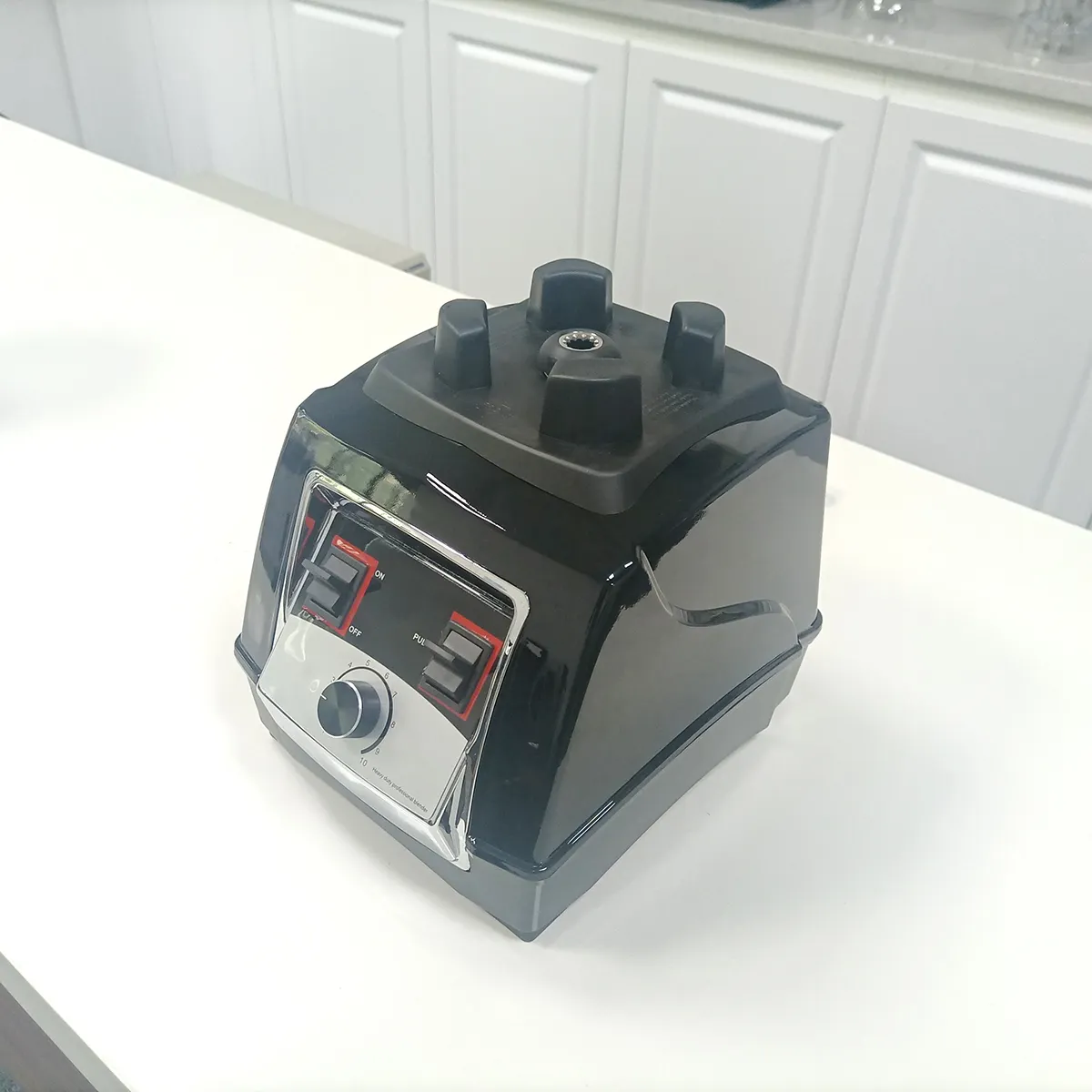
Key Features That Define a High-Quality Commercial Blender
Durable Construction and Materials
One of the main advantages of a commercial blender is its robust construction. These blenders are designed to endure the rigors of daily use. High-quality materials like stainless steel blades and impact-resistant jars enhance longevity and performance. A well-built commercial blender withstands heavy-duty blending without showing signs of wear, making it a long-term investment.
Variable Speed and Programmable Settings
Control is crucial in any culinary application. Many commercial blender models come with multiple speed settings and programmable options. These features enable precise control over blending texture, which is particularly useful for businesses that offer a wide range of products. From finely ground spices to chunky salsas, a commercial blender allows chefs to tailor results to exact specifications.
Benefits Beyond the Kitchen
Supporting Menu Expansion and Innovation
With a commercial blender, businesses can broaden their menu offerings with ease. Whether introducing protein shakes, signature sauces, or plant-based soups, the machine supports culinary creativity. Its versatility helps chefs experiment with new recipes without needing additional tools, keeping operations streamlined while satisfying diverse customer preferences.
Saving Money Through Efficiency
Labor costs and food waste can be significant concerns for food businesses. A commercial blender contributes to reducing both. By speeding up prep time and ensuring consistent output, staff can accomplish more in less time. Additionally, better blending means less ingredient waste, translating to cost savings over time. This efficiency can improve overall profitability without compromising on quality.
Choosing the Right Commercial Blender for Your Business
Matching Capacity with Business Size
Selecting the ideal commercial blender starts with understanding your business’s volume needs. Smaller operations may benefit from compact models that offer sufficient power without occupying much space. In contrast, high-volume kitchens might require industrial-grade blenders with larger jars and higher horsepower. Choosing the correct size ensures operational efficiency and avoids under- or over-investment.
Noise Reduction and Workspace Considerations
While power is crucial, noise control is equally important, especially in open-kitchen or front-of-house settings. Many commercial blender models offer sound enclosures or quieter motor designs to minimize disruption. Blenders with a compact footprint or stackable jars can also maximize space efficiency, helping staff maintain a clean and organized prep area.
Maintenance and Longevity of Commercial Blenders
Regular Cleaning and Care
Proper maintenance extends the life of a commercial blender. Many models are designed with detachable parts that are dishwasher safe, simplifying cleanup. Ensuring that blades, gaskets, and jars are regularly cleaned prevents buildup and maintains blending performance. Training staff on correct usage and care routines is also key to maximizing the machine's lifespan.
Investing in Warranty and Support
Reliable warranty and customer support services add significant value to your commercial blender investment. When evaluating different models, consider those that offer extended warranties or readily available replacement parts. This support can prevent downtime and protect your business from unexpected expenses.
How Commercial Blenders Contribute to Customer Satisfaction
Speeding Up Service Time
Fast service is a top priority in food and beverage settings. A commercial blender speeds up the production of blended beverages, soups, and sauces, helping reduce wait times during peak hours. When customers receive their orders promptly, their overall experience improves, leading to positive reviews and repeat business.
Ensuring Product Quality and Taste
Blended items, particularly in beverages, rely heavily on texture and consistency. A commercial blender ensures that every drink or dish meets the expected standards of smoothness, flavor, and presentation. This reliability boosts customer trust in the quality of your offerings and enhances your brand image.
Future Trends in Commercial Blender Technology
Smart Features and Automation
Emerging technologies are reshaping kitchen equipment, and commercial blenders are no exception. Some of the latest models offer Bluetooth connectivity, programmable blending cycles, and automated maintenance alerts. These smart features make the commercial blender more efficient and easier to use, allowing businesses to further streamline operations.
Sustainability and Eco-Friendly Design
Many modern commercial blender manufacturers are prioritizing energy-efficient motors and recyclable materials. These eco-conscious designs help businesses reduce their environmental footprint while still delivering powerful performance. Choosing a sustainable commercial blender can also enhance your brand's image among environmentally conscious consumers.
FAQ
What is the difference between a commercial blender and a regular blender?
A commercial blender is built for high-capacity, continuous use, offering more power, durability, and advanced features than typical household blenders.
How do I clean and maintain a commercial blender?
Most commercial blenders come with detachable, dishwasher-safe components. Regular cleaning and blade inspection are essential for maintaining optimal performance.
Are commercial blenders noisy?
Some models can be loud due to their powerful motors, but many include sound-dampening features or enclosures to reduce noise.
How do I choose the right commercial blender for my business?
Consider your volume needs, kitchen layout, noise tolerance, and desired features such as programmable settings and jar size.
Table of Contents
- Blending Performance That Transforms Kitchens
- The Role of a Commercial Blender in Food Service
- Key Features That Define a High-Quality Commercial Blender
- Benefits Beyond the Kitchen
- Choosing the Right Commercial Blender for Your Business
- Maintenance and Longevity of Commercial Blenders
- How Commercial Blenders Contribute to Customer Satisfaction
- Future Trends in Commercial Blender Technology
- FAQ

